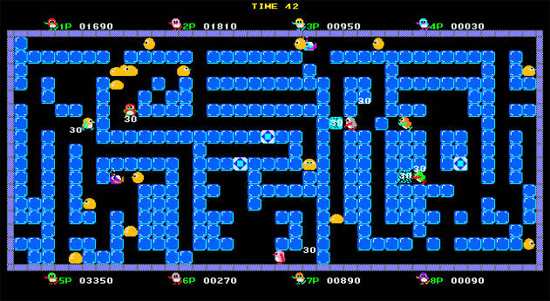Thinking Affect Spectacle Cinema Video games Pop Art Music videos Science fiction Melodrama Simulation Kitsch Mise-en-scéne Performance Post-cinema Thought & Image
HUM 425-03 | Thought and Image
FALL 2016
Dr. Robert C. Thomas
T/TH 2:10 – 3:25 in BH 256
Office: HUM 416, Office Hour: Thursday 1:10 pm — 2:10 pm
Course Description
One of the defining characteristics of globalization has been the increasing proliferation of the image (in various forms) throughout society. Images are everywhere: Cell phones, the World Wide Web, social networking, advertising, movies, video games, comics, pornography. They pervade our everyday lives. How do we think the growing proliferation of image in society? In this course, we will think seriously about the power (and potential) of the image in global culture. In particular, we will ask how our relation to the image changes the ways we think. We will think the historical present through the analysis of diverse forms of visual expression, including film, video games and digital media, together with readings in social theory and philosophy. We will study melodrama/women’s pictures in order to articulate the limits of gender, race, and class (and introduce students to the concept of mise-en-scène, which helps ground students in the language of film). Mise-en-scène is a French term, borrowed from the theater, that literally means “putting into the scene.” It refers to all of the visual elements the director places in the film frame—e.g. setting, costumes and make-up, lighting, staging (movement and acting)—in order to affect the viewer. Studying the elements of mise-en-scène will enable students to begin to learn the unique visual language of film, which is completely different from how narrative meaning is made. (The latter is likely the only way you’ve ever learned to think about and read films.) How do films affect us? What is the relation between how they affect us and their unique forms? How have genre film directors used mise-en-scene to critically expose the limits of race, gender, and sex in American culture? We will think “control,” in contrast to modern discipline, as a paradigm for the present, explore the concept of the “post-cinematic” (the way we experience media today in ways that are fundamentally different from film in the 20th century), think difficult concepts like affect and apparatus, and study video games in a digital era. Matsumoto Toshio’s 1969 film, Funeral Parade of Roses (Bara no Sōretsu) will be studied in relation to its unique cultural context, as well as in relation to contemporary work on the post-cinematic. Throughout this work we will ask ourselves: what are the limits imposed by our present social world, and how, after elucidating these limits, can we think about going beyond them? Forms of popular culture will be used to interpret the cultural present. Cross-cultural analysis will be presented in the context of subcultures within globalization, as well as in relation to Western and non-Western cultures.
BOOKS (Available at the bookstore)
- Ian Bogost, How to do Things with Video Games
- Francis/Foster, Pop
ESSAYS (Located at “Articles” page. Print, Read, Bring to Class)
- Giorgio Agamben, “What is an Apparatus?” (optional)
- Michael Camille, “Simulacrum” from Critical Terms for Art History
- Guy Debord, “Separation Perfected” from Society of the Spectacle
- Gilles Deleuze, “Postscript on the Societies of Control” (0ptional)
- Thomas Elsaesser, “Tales of Sound and Fury”
- Yuriko Furuhata – “Cinema, Event, and Artifactuality” from Cinema of Actuality: Japanese Avant-Garde Filmmaking in the Season of Image Politics (selection)
- Ranier Werner Fassbinder, “Five Interviews”
- Ranier Werner Fassbinder, “Imitation of Life: On the Films of Douglas Sirk” from Anarchy of the Imagination
- Ranier Werner Fassbinder, “I Let the Audience Think and Feel”
- John Gibbs, Mise-en-scène (selections) Gibbs Part 1 (1-26), Gibbs Part 3 (83-96)
- Todd Haynes/Douglas Lim, “Heaven Sent” (Interview with Douglas Lim)
- Todd Haynes, “Intro” & “Director’s Statement” from Three Screenplays
- Todd Haynes, Movies are Nothing Until We Bring Emotional Life to Them (Interview)
- Todd Haynes, “Karen Carpenter: Getting to the Bare Bones of Todd Haynes’ Superstar: The Karen Carpenter Story” and “Cinematic/Sexual: An Interview with Todd Haynes“
- Adrian Martin, Mise-en-scène: From Classical Hollywood to New Media Art
x-20, 43-73, 178-204 - Mercer/Schingler, Melodrama: Genre, Style, Sensibility (selection)
- Jim O’ Rourke, Timeline for a Timeless Story
- Julian Ross, “Filmed Rituals: Zero Jigen Incrnates on Screen”
- Steve Shaviro, “Southland Tales” from Post-cinematic Affect
- Steve Shaviro, “Introduction” to Post-Cinematic Affect
- Shaviro, “What is the Post-Cinematic?“
- Jane Stern/Michael Stern, “Two Weeks In Another Town: An Interview with Douglas Sirk” (link to article with images)
- Jane Stern/Michael Stern, “Two Weeks in Another Town: An Interview with Douglas Sirk” (PDF of article, no images)
FILMS (shown in class)
- Ranier Werner Fassbinder — Ali: Fear Eats the Soul (West Germany, 1973)
- Todd Haynes – Far From Heaven (USA, 2002)
- Todd Haynes – Superstar: The Karen Carpenter Story(USA, 1987)
- Richard Kelly – Southland Tales (USA, 2006)
- Matsumoto Toshio – Funeral Parade of Roses (Bara no Sōretsu) (Japan, 1969)
- Mark Neveldine / Brian Taylor – Gamer (USA, 2009)
- Douglas Sirk – All That Heaven Allows (USA, 1955)
GRADING
- Attendance 10%
- Midterm Paper 40%
- Final Paper 40%
- Final Exam 10%
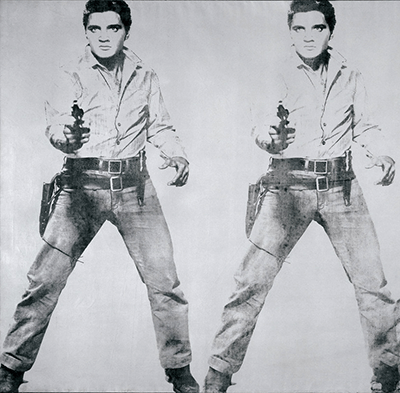
Andy Warhol, "Double Elvis" (1963)

Marisol, "Love" (1962)
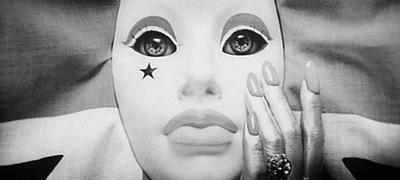
Matsumoto Toshio, Funeral Parade of Roses(1969)

Coleco Pac-Man Mini Arcade (1981)

Richard Kelly, Southland Tales (2006)
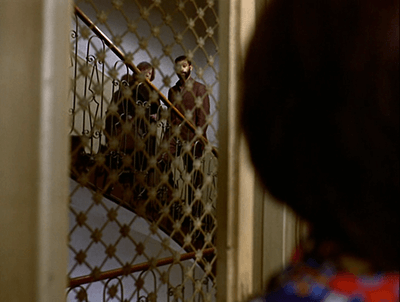
Ranier Werner Fassbinder, Ali: Fear Eats the Soul (1973)
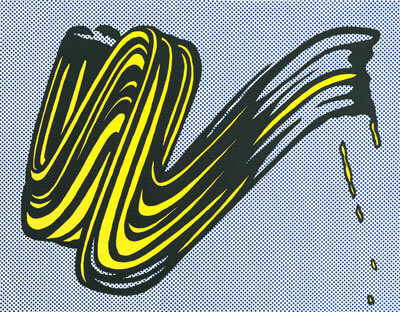
Roy Lichtenstein, "Brushstroke" 1965

